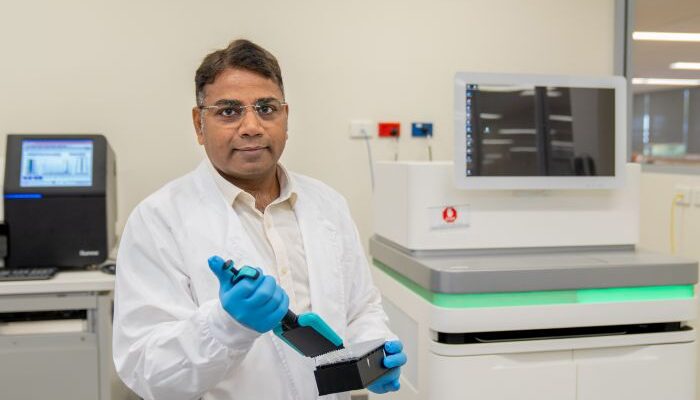Australia: New crop varieties capable of withstanding drought, salinity, and pests are now within reach, thanks to groundbreaking international genomics research published in Nature Genetics today.
The study, Unlocking Plant Genetics with Telomere-to-Telomere Genome Assemblies, was led by researchers at Murdoch University’s Centre for Crop and Food Innovation (CCFI).
Complete Telomere-to-Telomere (T2T) assemblies enable scientists to map entire genomes, supporting molecular breeding to enhance plant performance under stress conditions.
Professor Rajeev Varshney, CCFI Director and study lead, emphasised the significance of the genome assemblies. “Genome assembly is like building a jigsaw puzzle, piece by piece. T2T genome assemblies provide a complete, end-to-end picture of an entire genome,” he explained.
“Our task is to ensure that thousands of genes within a genome are assembled in the correct order along the chromosome, fitting together perfectly.”
You may also like to read: TMG changes nomenclature of soybean cultivars and launches varieties named after Brazilian trees
Dr. Vanika Garg, first author and CCFI researcher, highlighted the breakthrough made possible by advances in gene sequencing accuracy. “Previously, T2T genome assemblies were unattainable, and incomplete sequencing often led to errors, such as mis-annotations,” she noted.
“This meant that genes responsible for desirable traits could be overlooked. However, with advanced sequencing technologies, we can now achieve T2T genome assemblies for any crop species.”
Professor Varshney and his team are collaborating with several laboratories from Australia, the UK, Germany, the USA, and China to develop T2T or nearly complete genome assemblies for crops like wheat, chickpea, faba bean, papaya, passion fruit, custard apple, banana, and pineapple. These genomics research projects are supported by the Grains Research and Development Corporation and Hort Innovation.
“Together with our national and international collaborators, we are applying T2T genome assembly methods to various crops. We are excited about the potential advancements this can bring to agricultural research in Australia and beyond,” Professor Varshney said.
“T2T genome assemblies grant access to difficult-to-sequence regions, opening up numerous groundbreaking research possibilities, such as creating entirely new crop varieties to meet future needs.”




